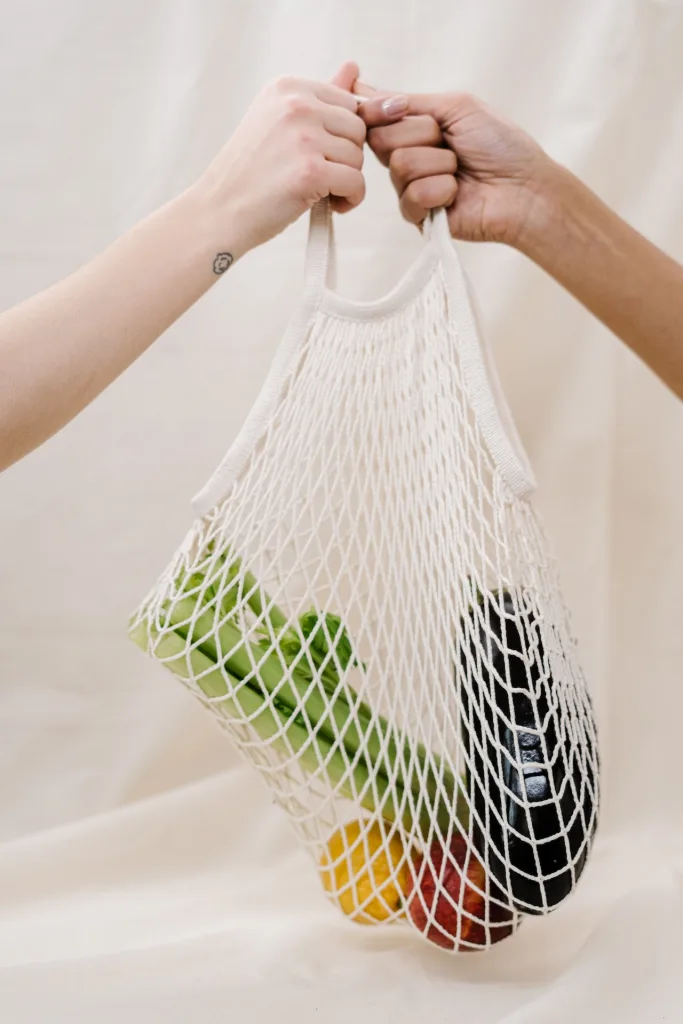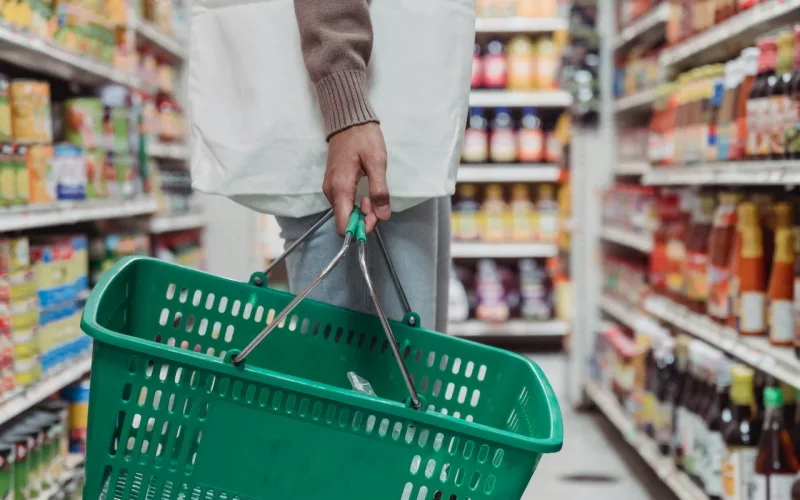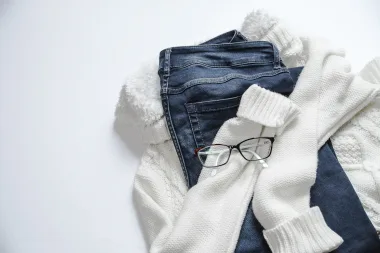Last Updated on December 11, 2023 by Ecologica Life
In today’s fast-paced world, shopping is no longer just an act of buying things, it’s a statement.
With every pound, euro or dollar we spend, we’re casting a vote, shaping the industries and ultimately influencing our planet.
As our global community becomes increasingly interconnected, the ripple effects of our shopping choices are felt far and wide.
In this guide we will look at specific topics when trying to shop sustainably, and the solutions around them.
Table of Contents
Fast Fashion
Fast fashion, if you don’t know, is the act of copying the latest fashion and producing it cheaply, in large quantities and usually unethically too. Fast fashion consumers are also to blame, they usually buy the latest trend to wear a few times before throwing it away.
Fast fashion, may be easy on the wallet initially, but it’s hard on the environment. Producing cheap clothes at rocket speed often means compromising on environmental integrity and ethical working conditions. Not only that, but these cheap materials don’t last as long and therefore you buy more in the long run.
Solution:

- Invest in Timeless Pieces: Choose quality over quantity. A well-made garment not only lasts longer but also reduces the frequency of purchases.
- Support Ethical Brands: Some brands have transparent supply chains. They ensure fair wages and environmentally friendly practices. By supporting them, you’re supporting a sustainable cause.
Packaging
Excessive plastic and non-recyclable materials are ubiquitous in packaging. This tends to be especially true in the realm of online shopping.
Solution:
- Prioritise Minimal Packaging: Support companies that use minimal, recyclable, or compostable packaging.
- Bring Your Own: When shopping locally, BYOB – Bring Your Own Bag. I even bring a smaller cotton net bag for my fruit and vegetables.

Buying Sustainable Food
Solution:
- Farm to Table: Where possible, buy from local farmers’ markets or co-operatives. This not only ensures fresh produce but also reduces the carbon footprints associated with long-distance transport.
- Organic: Buying organic meat means that the animal was raised in an open space. In the US, it also means it is free from a range of dangerous hormones. Buying organic fruit and vegetables limits the amount of chemical fertilisers as well as GMOs. To find out more about buying organic, read our guide to organic food.
Beauty Routine
The beauty industry, with its plethora of single-use products and plastic microbeads, often gets a bad rap in green circles.
Solution:
- Natural: Look for brands that use only natural products. This is especially important for scrubs, which often use microplastics to exfoliate the skin.
- Cruelty-free: Look for brands that do not use animal testing.
- Refills and Recycling: Embrace brands that offer refill stations or take back used containers for recycling.
Second-hand Market
Beyond thrift stores, there’s a burgeoning market of apps and websites dedicated to second-hand goods, from books to electronics.
Solution:
- Pre-loved Over New: Before making a new purchase, explore platforms that offer pre-loved items. It’s sustainable and often more economical.
In essence, sustainable shopping is about informed choices. It’s about valuing quality over quantity, ethics over convenience, and the future over the fleeting present. So, next time you’re about to make a purchase, pause for a moment and think: is this a step towards a greener earth? Your wallet, your conscience, and the planet will thank you.








